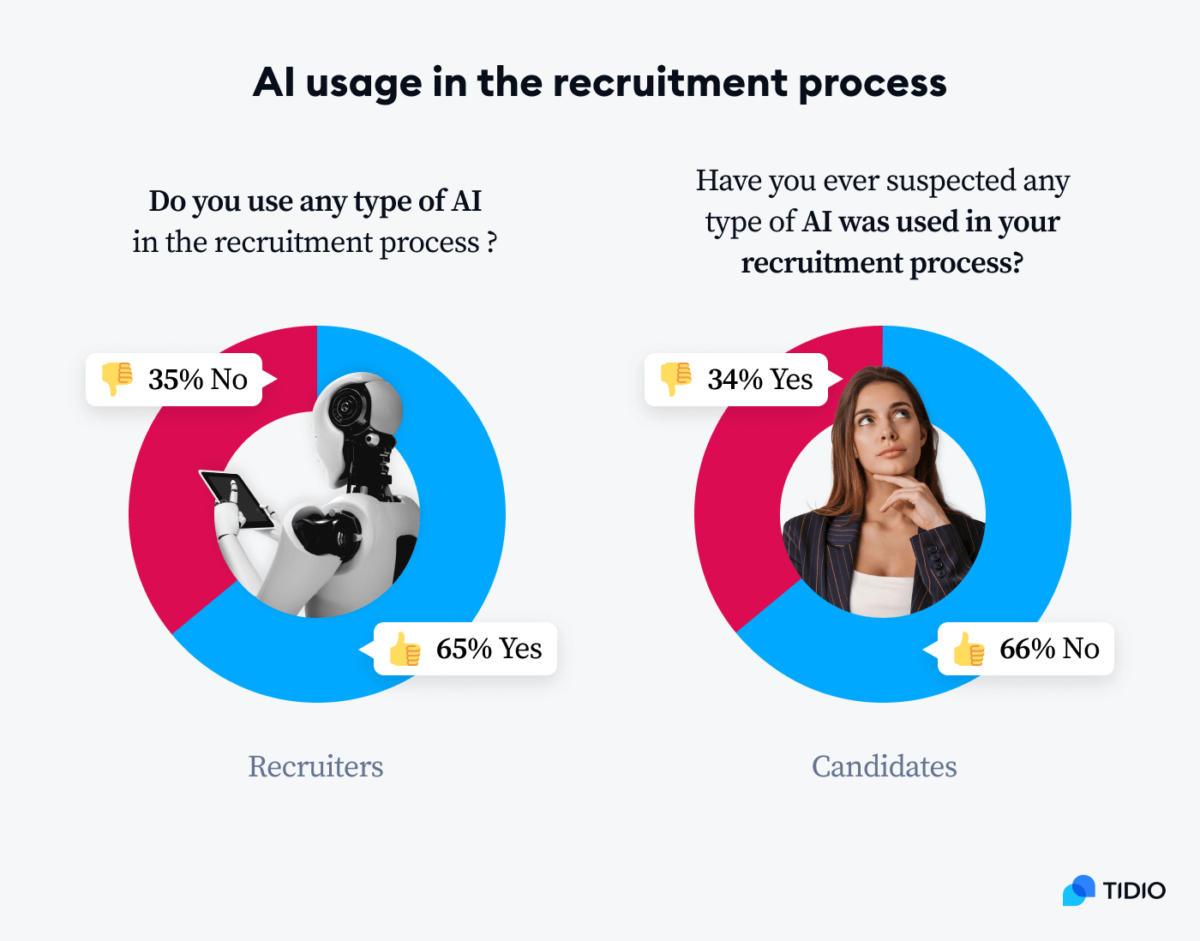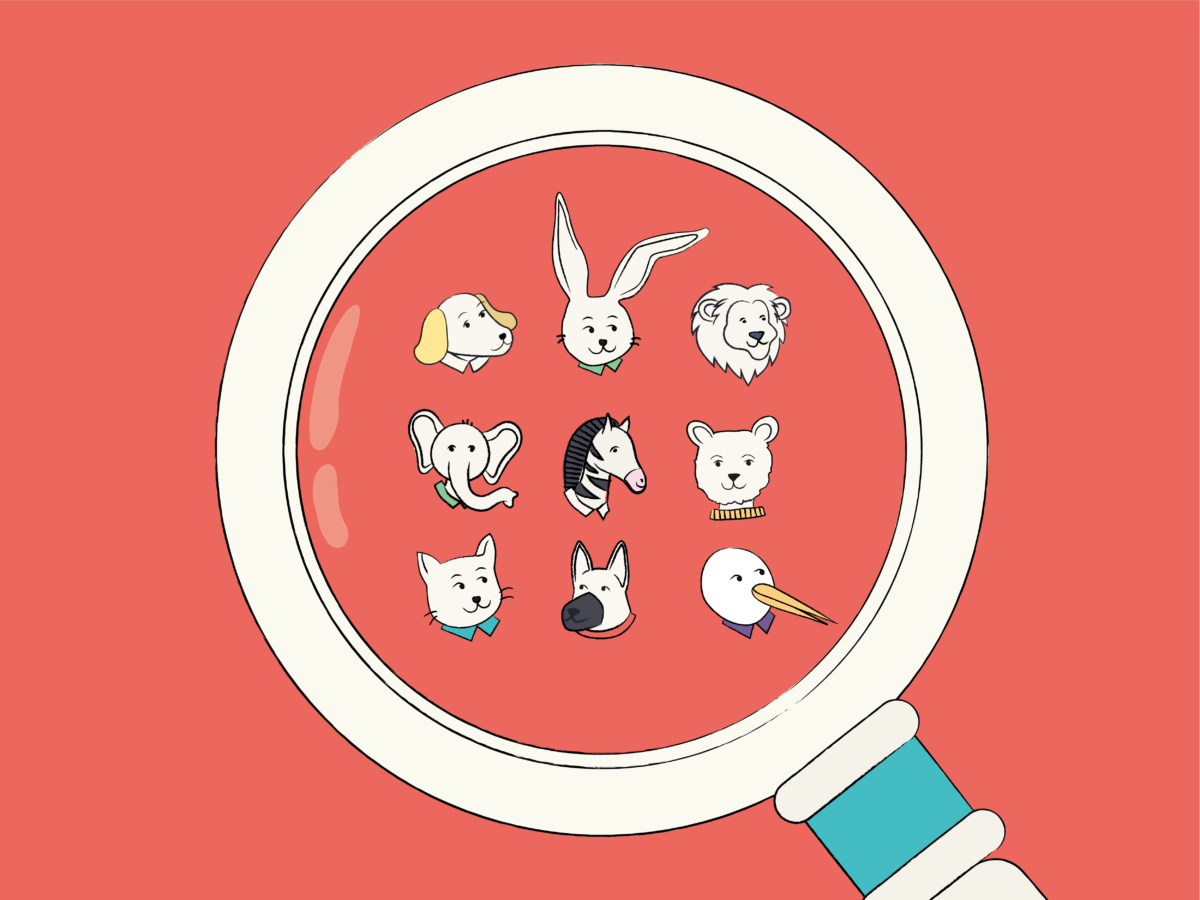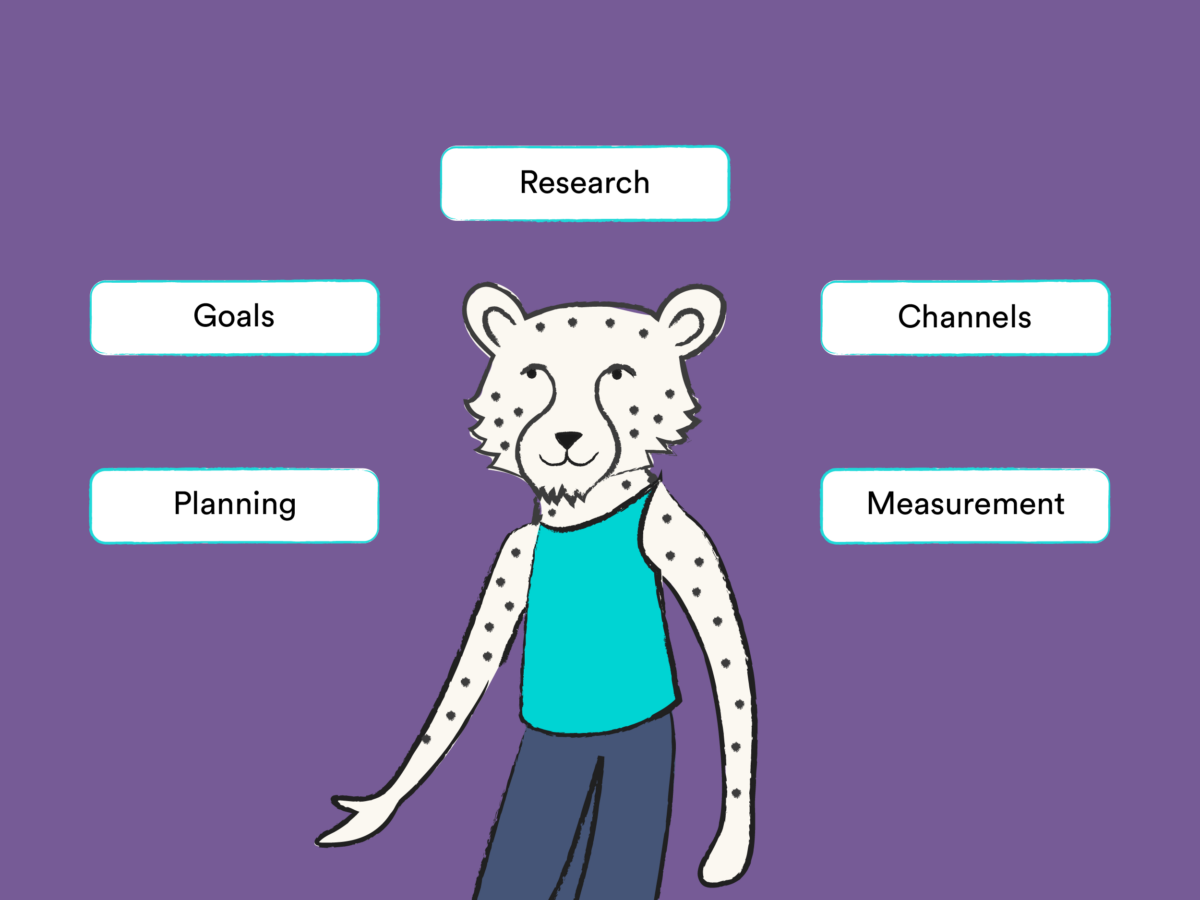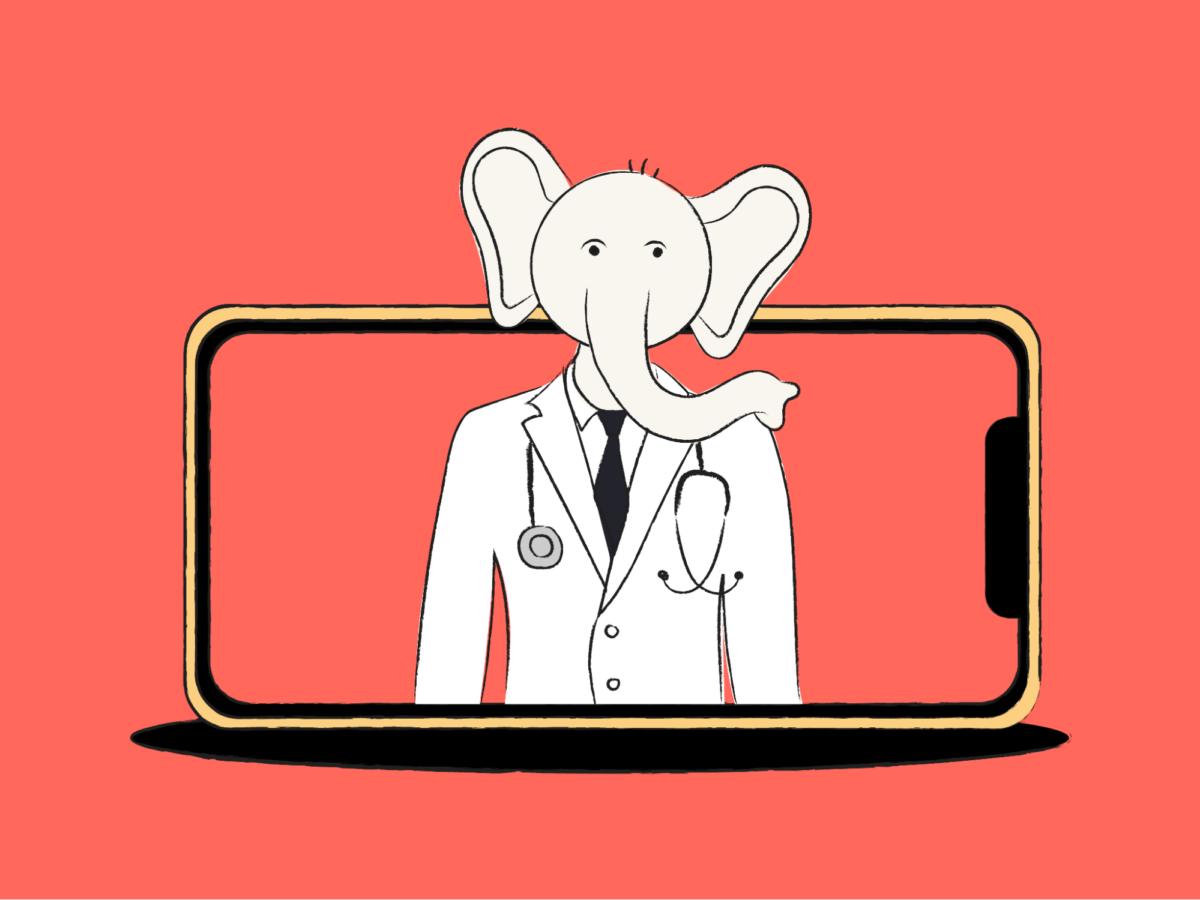Workforce forecasting is an essential part of any business. But many people aren’t putting enough effort into the strategy. Of course, you track your business goals. But this process impacts those too.
Why? Because your employees are your business. Customer satisfaction relies on them. That’s why it’s so important to track not just the number of employees you have but their skills, experience, and any gaps you may have or foresee.
However, keeping on top of all this is a complex process for teams. In this article, we’ll look at workforce forecasting and how AI-driven HR tech can deal with big data to take the pressure off.
What is workforce forecasting?
Workforce forecasting is a planning process used by human resources teams to examine an organization’s team. You need to know you can handle customer demand, day-to-day operations, plus any exceptional circumstances that might pop up. So, keeping on top of numbers and capabilities is a must.
By comparing a mix of current, predictive, and historical data, HR teams can create accurate forecasts that should highlight:
- A visualization of your entire workforce for strategic planning
- Overstaffing issues or shortages
- Current employee skill sets and potential future gaps
- The strengths and weaknesses of the current forecasting model
Here’s a video that can help explain the process (AKA workforce planning) in more detail:
Workforce forecasting can also be used to track metrics like employee engagement which can eventually affect turnover rates. So, how can AI help with that?
What is AI in HR?
AI in HR applies the technology of artificial intelligence to everything human resources-related. The most popular use cases for the software are those that take away repetitive, time-consuming tasks.
While there are certainly some processes better suited to humans (e.g. relationship building and interviewing), AI can take the strain off other administrative workflows. For example:
- Answering FAQs from prospective employees
- Screening resumes for best-fit candidates
- Workforce demand optimization (e.g. task distribution and scheduling)
- Sentiment analysis (assessing the risk of employee turnover in real-time)
- Payroll workforce data

When it comes to workforce and demand forecasting, AI-driven processes can help make sure you always have the right skills and attitudes leading the growth of your business. But how?
4 ways AI-driven HR tech can help with workforce forecasting
There’s a lot of skepticism surrounding AI. While leveraging these tools can definitely speed up certain HR processes, there’s a lot of mistrust from the majority of people.
In one study, around 90% of people agreed that AI could be manipulated by applicants in order to get a job. Could that be true? Possibly. It’s too early to say.
However, use of the technology is still growing. HR analytics enable your team to make data-driven decisions on talent, workplace processes, and promoting a positive employee and customer experience.
From management solutions to talent acquisition, AI can help streamline and improve forecast accuracy in four main ways:
- Analyze your talent and staffing
- Monitor and optimize workforce management
- Consider future needs with workforce planning
- Help with recruiting and hiring to fill skills gaps
1. Analyze your current talent and staffing
Analyzing your current team can be a complicated process. If you have a small number of full-time employees, it’s easier to stay on top of everything. But when you bring in part-time or freelance workers based on seasonality, there’s a lot more to decipher.
If you work in a physical industry (like construction), retirement age will come a lot sooner than desk jobs. If you’re in an ultra-competitive niche scouting for talent, you’ll have to work harder to make sure you don’t end up with skill gaps.
Either way, AI tools can help with a ton of these issues:
- Gamification rewards systems for employees to drive satisfaction and morale
- Sentiment analysis to figure out how employees feel about their workplace
- Tracking turnover, retirement, and recruitment rates
- Optimizing worker schedules for performance and labor costs
- Analyzing optimum task times and distribution

If you could use AI to have an instant overview of all of your employees, the way they’re feeling about work, and their productivity levels—would you really say no?
2. Monitor and optimize workforce management
Workforce management (WFM) is one big project. And research from Gartner predicts that by 2030, 80% of project management tasks will be run by AI.
Monitoring workforce management efficiently while being cost-effective is no easy feat. AI-driven HR tech can help by:
- Prioritizing which projects will bring the most value to the organization
- Monitoring project progress to pinpoint and address problems (like bottlenecks)
- Automating scheduling and reporting with real-time data
- Including virtual project assistants for instant status updates
- Rigorously auditing and testing free from human bias

The role of HR managers will soon be changing as this technology develops. While AI takes over optimizing investment value, managers will shift away from administrative inputs and instead build an array of soft skills and leadership capabilities.
While AI may not be at this stage quite yet, the future looks promising. However, once it’s here, it can’t work without a ton of high-quality data. If your team isn’t prepared by the time the technology is ready, you won’t be able to make the most of it.
3. Consider future needs with workforce planning
Workforce forecasting is all about predicting the long and short-term future to see if your current resources will be enough to get the job done. But that’s easier said than done when you’re having to pull data and information from different departments.
Between finance and HR, historical data and processes may be measured differently. It can be hard to find the overlap to effectively measure and implement workforce planning. But AI can help HR own more of this previously disjointed exercise.

In an ideal world, humans would decide and code an algorithm that determines skills and factors AI should take into consideration when assessing business needs. Instead of relying on your team’s problem-solving and creative skills, the software would suggest ideas.
After a while of accepting or declining these suggestions, the accuracy will continue to improve. Unsuitable suggestions will decrease over time as machine learning figures out the process and perhaps even starts to recommend its own ideas that haven’t been previously considered.
Again, we’re still a while away from this level of workforce planning. However, not far enough away that you shouldn’t be considering how you’d make the switch to this technology.
4. Help with recruiting and hiring to fill skills gaps
Traditional recruitment involves human team members manually sifting through hundreds of resumes and picking the right candidates. Unlike AI (which reduces the likelihood of bias playing a part in decisions), these choices are based on people’s personal experiences and views.
Unlike some of the other use cases for AI in workforce forecasting, this technology is here. In one study, 65% of recruiters admitted to using AI somewhere in their workflows.

The majority are making the most of it for tasks like:
- Automating repetitive tasks: AI can take over background, social media, and reference checks to reduce unnecessary human interaction.
- Identifying the best candidates: Recruiters can input certain keywords that AI should prioritize or disregard when searching through resumes.
- Enhancing the candidate experience: Having chatbots available to answer any questions your applicants have means you won’t accidentally forget to get back to someone.
- Removing prejudice and bias: For example, making candidate names anonymous prior to screening levels the playing field.
- Onboarding new hires: From creating accounts and logins to preparing paperwork and sending company announcements, AI can help with all the boring bits of onboarding.
While some parts of recruitment definitely need a human touch, AI can give you more time to focus on those interactions.
Will you be adding AI to your workforce forecasting?
While AI technology isn’t perfect, it grows more and more sophisticated by the day. Processes that aren’t quite working as they should (yet) may be solid in a matter of months. We just don’t know.
What we do know is that many HR workflows are inefficient and outdated. Human team members can use their time in far more useful ways than basic administrative tasks.
There are already tools out there that can take off some of the strain. So, do your research and figure out where in your HR processes you could let technology take the wheel.










